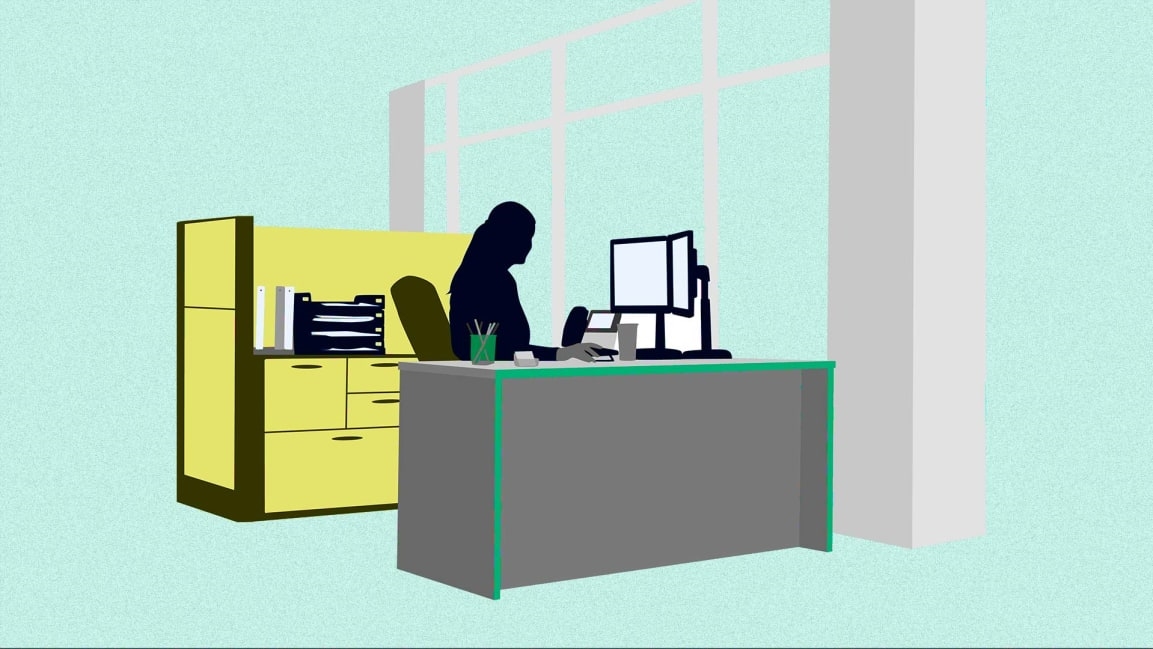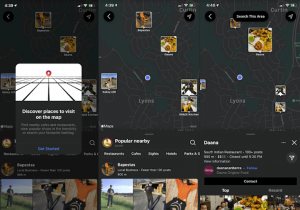
Getting people back to the office is a struggle for some companies, and popular opinion says the best way to attract them is through opportunities to connect, collaborate, and socialize. This is true, but a lesser known priority for people is privacy.
It’s a myth that everyone has been able to do deep work or focused work from home—it all depends on people’s circumstances. Childcare, facilitating learning in the home, caring for elders, barking dogs, ringing doorbells, and other distractions can undermine the ability to focus at home. Fortunately, up-to-date research can pave the way to a real understanding of what people want. And there are ways the office can be a compelling force to lure workers back to work (rather than strict mandates). Evidence shows that there are certain opportunities only available in an office that can convince employees to return and do not require managers to take such a forceful approach when trying to sway their employees.
A recent study of 4,986 office workers in 11 countries conducted by Steelcase—where I am a vice president—found 87% of people expect to spend some time in the office, and yet only 21% of people prefer working there. And while 45% of people prefer to continue working from home, fully 34% have no preference.
This represents a challenge for leaders and organizations, because the office must do more now—drawing people back and creating a compelling experience. It also represents a terrific opportunity: When people are satisfied with their experience in the office, the Steelcase research found they are 33% more engaged, 30% more connected to culture, 9% more productive, and 20% less likely to leave.
A few important questions arise. For instance: How might the office properly meet the expectation of those who are eager to return? How might changes to the office inspire those who are more resistant, and sway those who are neutral toward a desire to come into the office? How can leaders create an office space which justifies a commute, thereby making it a worthwhile destination and use of effort for worker’s to take that step out of their homes?
Privacy is just as important as collaboration opportunities
The Steelcase research suggests people are enthusiastic about collaboration opportunities. In fact, 64% of people say they want spaces for hybrid collaboration, and 49% would like spaces for larger groups to collaborate. A fundamental human need is belonging, and coming together to learn, build social capital, socialize, and connect with colleagues are significant elements of fulfilling work.
But, people also want privacy and places to focus. According to the report, workers desire the following most:
- Single-person spaces for hybrid meetings (62%)
- Privacy (61%)
- Workstations with full or partial enclosure (58%)
It makes sense people want places for more heads-down, contemplative work in the office. Work is woven throughout an employee’s day. It’s unrealistic to expect people can do all their collaboration on certain days and save all their private work for other days. In addition, work has changed. The pandemic has caused more people to spend time on video calls, for which they need spaces where they can get away, so they don’t disturb others.
The flow of work is dynamic and tends to braid throughout the day and the week. People start with some time to prep and then attend the meeting, then they grab time to catch up on email before seeking out their colleague for a discussion over coffee. Variety in the workday is how things get done, and it’s also a source of stimulation—shifting activities throughout the day keeps people engaged.
Fundamentally, the flow of work demands choice. According to past Steelcase research, when people have greater levels of choice and control, they tend to be more engaged and bring themselves more fully and enthusiastically to their work. People have become accustomed to having more control when they’ve been home, and they’re demanding new levels of choice in the office as well—working in a private area is one of the types of control they want.
Benefits of privacy
The benefits of privacy may seem obvious, but they are also more nuanced than you might think. Of course, privacy is important for confidential work—the financial data on the screen which demands visual privacy, or the performance management conversation between a leader and an employee which demands acoustical privacy.
But private space is also important for work which requires concentration—reducing distractions so deep thinking can occur more effectively. This kind of work can be developing the presentation or composing the business case or running the numbers, but this kind of effort is also part of the creative process as well. People generally think of creativity as the moments which include lots of people, divergent ideas, and plenty of sticky notes. But a significant part of the creative process is reflection, rumination, and concentration—as ideas marinate and converge. Distraction-free environments are helpful to this part of the creative process.
More in terms of creativity: One lessor-known benefit of privacy is how it contributes to innovation. Every big innovation must start with a new and underdeveloped idea. This idea may start out as seeming silly or irrelevant because it is so untested and green. Privacy provides for people to share a burgeoning thought in private with a colleague or a small group and obtain feedback—and to give the idea a trial run before taking it more public.
Private spaces show leader empathy
Offering the opportunity for privacy in the workplace sends an important message to teams. Leaders communicate that they value their people and respect their individuality. Every person works differently, and while some may thrive in a buzzing and open-format office, others prefer a more quiet and toned-down atmosphere. In addition, creating chances for privacy acknowledges how times have changed. People’s offices for the last two years were their homes; leaders must show they are aware of the shift in circumstance and support those who have adjusted how they carry out focused work.
In recent memory, many parts of life have changed, from how we pick up groceries to how we stay active. Likewise, work has fundamentally shifted, so the workplace must evolve, too. Drawing people back to the office will require renewing, refreshing, and re-imagining office space so it addresses how work has changed and so it’s a place people want to be in the first place.
Tracy Brower is a sociologist focused on work-life happiness and fulfillment. She is a vice president at Steelcase, and is the author of two books, The Secrets to Happiness at Work and Bring Work to Life by Bringing Life to Work.
Fast Company , Read Full Story
(16)








